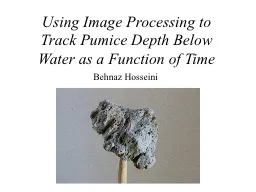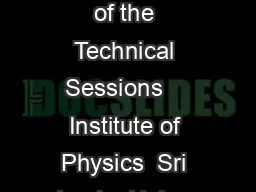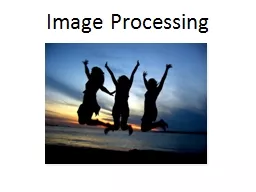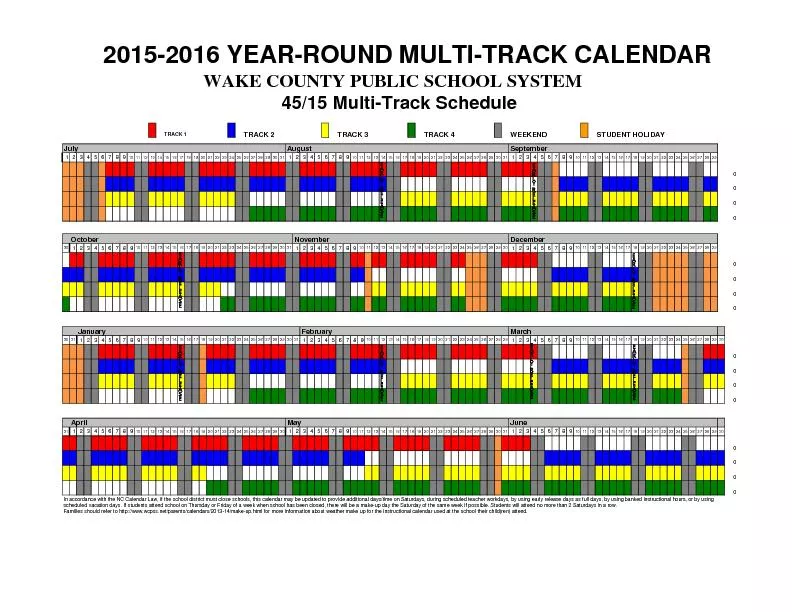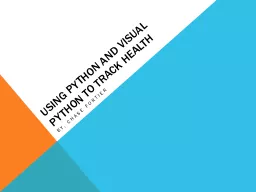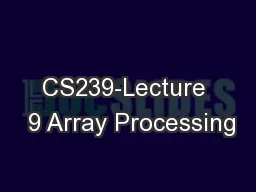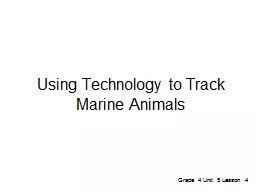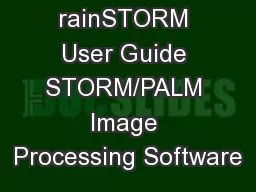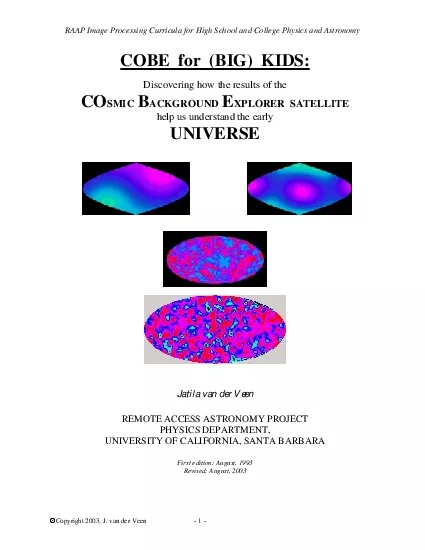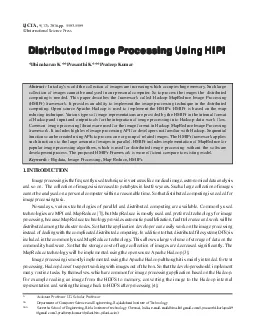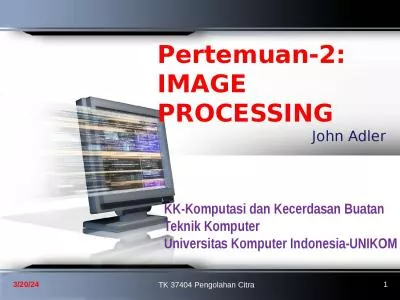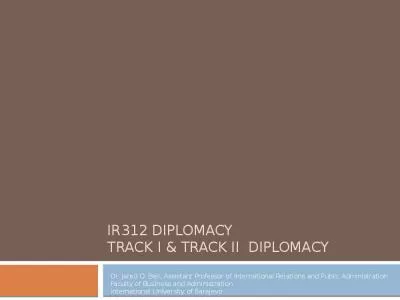PPT-Using Image Processing to Track
Author : phoebe-click | Published Date : 2016-12-05
Pumice Depth Below Water as a Function of Time Behnaz Hosseini Havre MESH and Pumice Experiments P umice deposits from 2012 Kermadec Islands submarine eruption
Presentation Embed Code
Download Presentation
Download Presentation The PPT/PDF document "Using Image Processing to Track" is the property of its rightful owner. Permission is granted to download and print the materials on this website for personal, non-commercial use only, and to display it on your personal computer provided you do not modify the materials and that you retain all copyright notices contained in the materials. By downloading content from our website, you accept the terms of this agreement.
Using Image Processing to Track: Transcript
Download Rules Of Document
"Using Image Processing to Track"The content belongs to its owner. You may download and print it for personal use, without modification, and keep all copyright notices. By downloading, you agree to these terms.
Related Documents

